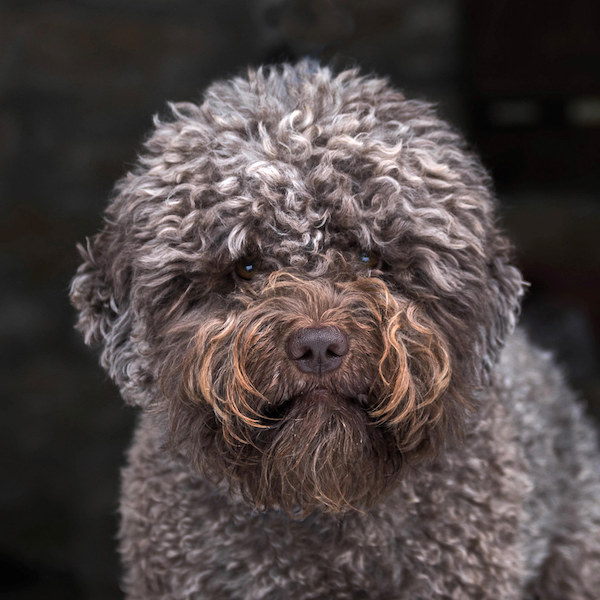
From corded coats and curly, to straight hair and wavy, the array of coat textures and lengths seen in purebred dogs is staggering, all the more so because they all stem from variants in just three genes acting in different combinations. The finding was a long time coming. Researchers had long understood how coat color worked, but not how genes influenced coat patterns, texture, and length.
Back in 2009, one thousand dogs representing eighty breeds were part of research done by a team from NIH’s National Human Genome Research Institute. The team performed a genome-wide scan of tiny variations in DNA (called single-nucleotide polymorphisms), then compared them with three distinct coat characteristics we find in our dogs. The first was something seen in breeds like Schnauzers, Scotties and Irish Terriers, and that is a growth pattern that gives a dog the appearance of eyebrows and a moustache.
The second characteristic was one seen in Long coated Chihuahuas, Cocker Spaniels and Poms, namely, long, silky or fluffy hair.
The third characteristic was curly hair as seen in the Irish water spaniel.
Remarkably, a single genetic change that accounted for each coat characteristic was identified. In wiry coats, it is an alteration in the RSPO2 gene (encoding the R-spondin-2 protein). Long hair is linked to a variant in the FGF5 gene which encodes the fibroblast growth factor-5 protein), and in curly coated breeds, it’s a variant in the KRT71 gene encoding the keratin-71 protein. Combinations of these three variants can produce dogs with all three characteristics, such as Portuguese Water Dogs and Poodles. Scientists figured out that these three mutations in different combinations explain the coat characteristics of 95% of dogs!
Interestingly, none of the three mutations were found in gray wolves or short-haired dogs, and this suggested that a single mutation occurred for each trait and was transferred through selective breeding – creating a remarkable diversity from simple genetic foundations.
The whole project was a marvelous illustration of using genomic techniques to figure out the genetic basis of biological diversity. Since the study, more has been learned.
Curly coats, for example, are a common phenotype in many breeds and they’re known to result from a missense variant (a type of substitution where a nucleotide change results in the replacement of one protein building block with another in the protein made from the gene) in exon 2 of the keratin 71 gene. Curly Coated Retrievers fixed with the trait, for example, don’t carry the known variant, but by analysis of whole‐genome sequencing data of one Curly Coated Retriever, researchers identified a novel genetic cause for curly fur, a structural variant in the KRT71 gene that significantly affects the structure of the protein, if translated. The variant is also found at lower frequencies in five other breeds, including the Lagotto Romagnolo, Bichon Frise, Spanish Water Dog, Chesapeake Bay Retriever and Irish Terrier. In the study, one curly‐coated Lagotto carried neither of the two KRT71 variants, and these results identified a second variant for curly coat in KRT71 which suggested the existence of additional alleles. Simply put, a variant in the Keratin-71 gene is associated with curly hair in dogs, and how many copies of the variant a dog possesses determines if the dog with the curl variant has a curly coat or wavy coat.
As for coat length, only five recessive variants in the fibroblast growth factor-5 are associated with long hair phenotypes in dogs.
Admittedly, this is a simplified translation of abstracts we read on the topic, but we hope it excites some of you into pursuing your own readings on coat genetics. Seemingly very year, we’re learning more and more about our breeds, and studies like these usually lead to developments in gene tests that will help breeders breed for sound puppies, or in the case of the KRT71 gene, tests that breeders may use to understand and manage coat types in their breeding programs.
Image: “Tobia” (a Lagotto Romagnolo) by Xena *best friend* is licensed under CC BY-NC-ND 2.0
